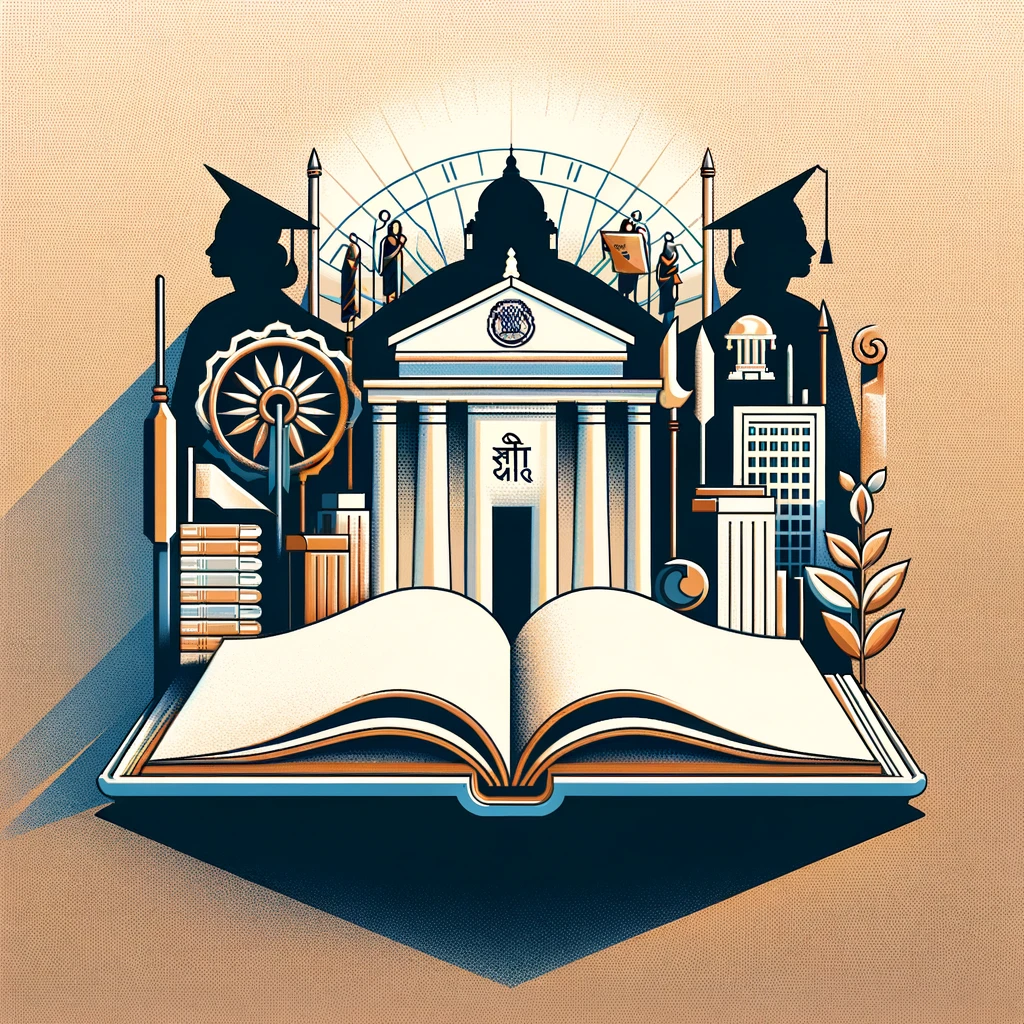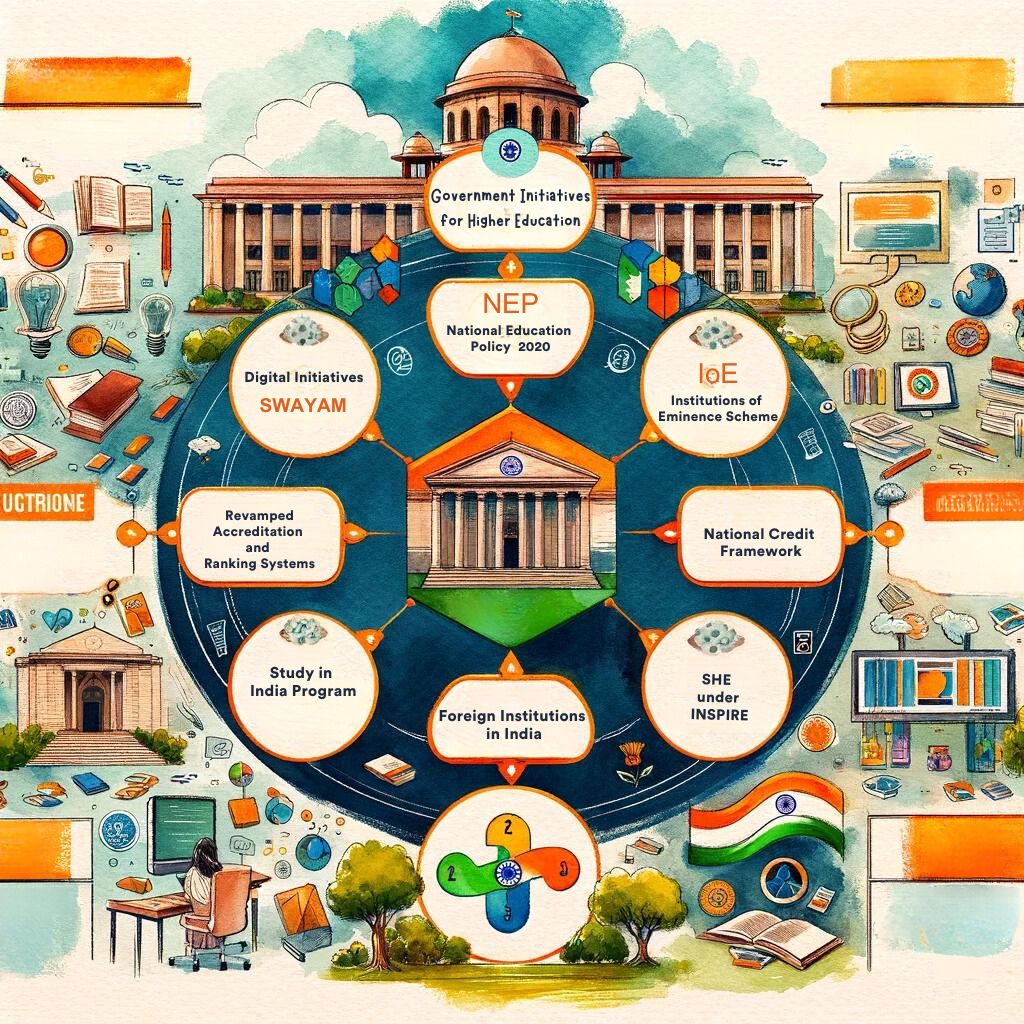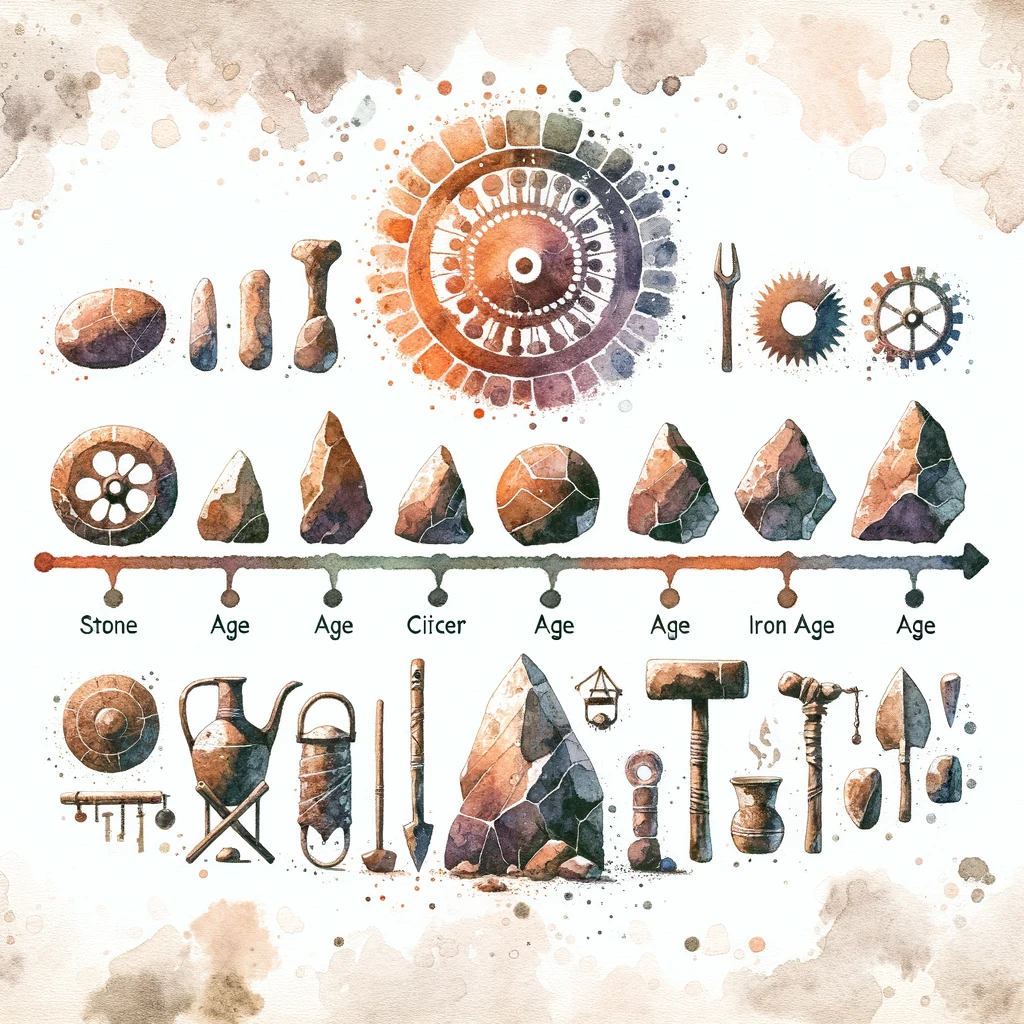India’s higher education system is one of the largest in the world. It includes prestigious institutions like the Indian Institutes of Technology (IITs) and Indian Institutes of Management (IIMs). According to the QS World University Rankings for Asia 2024, India has the most represented higher education system in Asia.
Despite this, there are significant challenges. Issues such as quality of education, relevance to modern demands, and increasing politicization threaten the system. These problems need urgent reforms to ensure academic freedom and overall quality.
Origin of the Article
This editorial is based on “The hyperpoliticisation of Indian higher education” published in The Hindu on 18/5/2024. The article discusses the politicization of Indian higher education and calls for reforms.
Relevancy for UPSC Students
For UPSC students, understanding these issues is vital. It relates directly to topics in the UPSC syllabus, such as Education Policies, Welfare Schemes, and Human Resource Development. This knowledge will help in essay writing, General Studies papers, and interviews.

Why in News
The politicization of India’s higher education system has recently garnered significant attention, making it a crucial topic for UPSC aspirants. This issue’s relevance is underscored by its implications for academic freedom, quality of education, and governance—a recurring theme in UPSC exams. Previous questions have explored educational policies, constitutional provisions, and digital initiatives in education, highlighting the systemic importance of this topic. Understanding politicization and its impact offers critical insights into India’s educational landscape’s broader challenges and opportunities.
1. Current Status of the Higher Education System in India
India’s higher education system is one of the largest globally, marked by a historical legacy and significant recent achievements. The nation boasts a vast network of institutions, including prestigious IITs and IIMs. Recent strides in student enrolment and gender parity reflect progress, yet challenges in quality and relevance remain.
Student Enrollment
The All India Survey of Higher Education (AISHE) 2021–22 highlights a notable increase in student enrolment from 3.42 crore in 2014–15 to 4.33 crore in 2021–22. This growth, particularly among women, underscores the expanding access to higher education across the country.
Gross Enrolment Ratio (GER) and Gender Parity Index (GPI)
India’s Gross Enrolment Ratio (GER) for the 18–23 age group stands at 28.4%, with a Gender Parity Index (GPI) of 1.01, indicating equal representation of males and females in higher education. These figures show significant strides towards gender equality in education.
Discipline-wise Enrollment
At the undergraduate level, the Bachelor of Arts (BA) program leads with 34.2% enrolment, followed by science (14.8%), commerce (13.3%), and engineering (11.8%). Postgraduate enrolment is highest in social sciences, while engineering dominates PhD enrolment, highlighting diverse academic interests.
Primacy of Government Institutions
Government institutions dominate student enrolment, with 73.7% of students attending these universities. State public universities, in particular, account for around 31% of enrolments, underscoring their critical role in providing higher education access.
Key Government Initiatives Related to Higher Education
The Indian government has launched several initiatives to reform and improve higher education, focusing on multidisciplinary learning, institutional excellence, and digital integration to meet future demands.

National Education Policy (NEP) 2020
The NEP 2020 aims to transform higher education with a focus on multidisciplinary learning and research. It targets a GER of 50% by 2035, emphasizing skill development and innovation to meet global standards.
Institutions of Eminence (IoE) Scheme
Launched in 2018, the IoE scheme aims to enhance the autonomy and excellence of 20 selected institutions, enabling them to compete globally. This initiative promotes academic freedom and institutional growth.
National Credit Framework
This framework integrates training and skill development into the education system, allowing students to earn and store credits digitally via the Academic Bank of Credits, accessible through Digilocker, facilitating lifelong learning.
Revamped Accreditation and Ranking Systems
The National Institutional Ranking Framework (NIRF) and the National Assessment and Accreditation Council (NAAC) ensure quality standards in higher education. These systems provide transparency and encourage institutions to maintain high standards.
Digital Initiatives
Platforms like SWAYAM offer online courses across educational levels, while the National Digital Library of India provides extensive educational resources. These digital initiatives enhance access to quality education.
Study in India Program
Launched in 2018, this program aims to attract international students by offering scholarships and easing the admission process, enhancing India’s global educational footprint.
Foreign Institutions in India
The University Grants Commission’s 2023 regulations allow top foreign universities to establish campuses in India, promoting international collaboration and educational standards.
SHE under INSPIRE
The Scholarship for Higher Education (SHE) under the INSPIRE program encourages students to pursue research in basic and natural sciences, offering scholarships to foster scientific research and innovation.
Current Major Challenges in the Indian Higher Education System
Despite progress, India’s higher education system faces challenges such as inequitable access, funding constraints, faculty shortages, and politicization, which hinder its overall growth and quality.
Inequitable Access and Low GER
Access to higher education is uneven, with disparities based on socioeconomic background, gender, and geography. Although the GER has improved to 28.4%, it remains below the global average, indicating a need for broader inclusion.
Politicization and Lack of Autonomy
Political interference in higher education institutions affects academic freedom and innovation. Issues like faculty recruitment and curriculum design are often influenced by politics, limiting institutional autonomy and effectiveness.
Limited Funding
Funding for higher education and research remains inadequate. The 2024-25 budget saw a reduction in allocations, and India’s R&D investment is significantly lower than global standards, affecting the quality of education and research output.
Shortage of Faculty and Brain Drain
India faces a substantial faculty shortage, with over 30% of teaching positions vacant in central universities. The brain drain of talented academics to other countries or the private sector exacerbates this issue, impacting educational quality.
Inadequate Industry-Academia Collaboration
Poor collaboration between academia and industry leads to a skill gap among graduates. The India Skills Report 2024 highlights a significant demand-supply gap in key roles, underscoring the need for better integration between education and industry.
Uneven Regional Development of Higher Education
Higher education development is uneven across regions, with states like Delhi and Tamil Nadu having more reputed institutions compared to northeastern and central regions, which lag in quality and access, reflecting regional disparities.
Measures to Revamp Higher Education System in India
To improve the higher education system, India needs comprehensive reforms focusing on practical skills, inclusivity, and global competitiveness, ensuring quality education and better opportunities for all.
Redefining the Role of Universities
Universities should shift from rote learning to practical skill development through project-based learning, internships, and industry collaborations. Engaging in social development projects can promote civic responsibility and skill generation.
Open Education Resources (OER) Initiatives
Promoting OER, like the National Digital Library and MIT OpenCourseWare, can enhance access to quality educational resources, reduce costs, and encourage knowledge sharing and collaboration among students and educators.
Entrepreneurship and Innovation Centers
Establishing centers similar to Stanford’s StartX can support student and faculty innovation. Providing mentorship, funding, and a supportive ecosystem can help transform innovative ideas into successful ventures, fostering a culture of entrepreneurship.
Transnational Education Partnerships
Encouraging partnerships with international universities for joint degrees and programs can enhance global exposure and competitiveness. Recent initiatives, like the IITM Zanzibar campus, exemplify the benefits of such collaborations.
Dual Study Programs
Implementing dual study programs, similar to Germany’s apprenticeship model, can combine theoretical learning with practical training, ensuring industry-relevant skill development and enhancing employability among graduates.
Competency-based Credentialing and Blockchain Certificates
Introducing competency-based credentialing with blockchain technology can ensure transparent and verifiable digital certificates, promote lifelong learning and skill recognition across various learning pathways, and enhance educational credibility.
Conclusion
The revamping of India’s higher education system is not just a necessity but an urgent imperative. Addressing hyperpoliticization, ensuring equitable access, and fostering innovation can transform our institutions into beacons of knowledge and skill. As future civil servants, your role in advocating and implementing these reforms will be pivotal in shaping an inclusive, high-quality education landscape for India.


